What is a Cannabis Strain?
It is believed that cannabis originated in central Asia. However, over the course of thousands of years the plant travelled around the world where it was planted, cultivated and harvested by a range of cultures. Over time, the plants adapted to their new environments and underwent a process of evolution that led to different physical and chemical characteristics. Today, these are known as landrace strains.
With time, people began to experiment with the landrace strains. They crossbred different combinations of male and female plants, which led to the creation of new strains. This process has continued to this day, and it means that there is an ever-growing range of cannabis plants in existence, each one a different strain.
Recent history has seen cannabis cultivated in secret, largely because it was illegal. The plant could not be grown and studied in the same way as other plants, which means that it is not as clearly documented and defined. However, this is rapidly changing with more countries legalising at least medical cannabis if not recreational cannabis as well.
What Separates the Strains?
There are a number of elements that combine to make a strain, and there is a great deal of variation within each of these elements.
Cannabinoid Content:
Cannabis contains a number of different cannabinoids. These are chemical compounds that interact with the body’s endocannabinoid system to produce different types of effects. A strain’s cannabinoid profile is essential to understanding the effects of a strain. THC and CBD are currently the two most famous cannabinoids, but there is a great deal of research taking place into other ones. Strains with a high THC level and little or no CBD are those that will make you high while strains that are high in CBD but low in THC will leave you clear headed.
Terpene Content:
Terpenes are molecules found in many plants. They are what gives a plant its flavour and aroma. However, there is growing evidence that they also play a role in determining the effect a strain has on the body and mind. There are more than 200 different terpenes found in cannabis and the levels of each will vary from strain to strain. This is why each strain has its own flavour, smell and effects.
Environmental Variables:
There are a number of variables that will affect the growth of a cannabis plant, such as the nutrients in the soil. This can result in different levels of terpenes and cannabinoids, which means that the same cannabis grown in different places could result in different strains.
Indica, Sativa and Hybrid
If you have spent even just a few minutes looking at different cannabis strains you will likely have come across the terms indica, sativa and hybrid. For a long time, these were the main categories into which cannabis strains were sorted. However, this was a poor system that had very little grounding in science.
It was believed that sativa strains delivered a high that was uplifting and cerebral, indica strains delivered a relaxed and sleepy high, and hybrids would result in a combination of the two. However, this is simply not the case.
What is true is that the terms can be used to describe the physical characteristics and structure of the cannabis plants, which can be helpful for growers but will not mean much to users. Therefore, when choosing a strain, unless you are planning on growing it, you do not need to worry too much about these terms.
How to Choose a Strain
When selecting a cannabis strain to try, there are a number of things that you should consider:
Flavour and Aroma:
As explained, a strain’s terpene profile will determine its flavours and aromas. Some have very intense flavours while others are far more subtle. You can look for strains that deliver a particular taste or smell if you so wish, or you may want to find a strain that is very subtle.
Effects:
The most important thing when selecting a cannabis strain will be its effects. However, everyone reacts to cannabis differently and there is no guarantee that a particular strain will deliver a particular effect. However, you can aim for strains with cannabinoid and terpene profiles that tend to deliver the effects that you are after. For example, if you want a highly intoxicating effect then you should look for strains that are high in THC. If you want something that is relaxing, you may want to look at strains that are high in linalool, a terpene that is believed to have stress-relieving properties.
Potency:
Some cannabis strains are far more potent than others. The THC level is often the best indicator of how potent a strain is. However, CBD can counteract the effects of THC, so it is always worth checking them both. If you are a newcomer to cannabis, it is probably best to start with a milder strain and then work your way up.
Growing Method:
Some people would rather use cannabis that was grown indoors or outdoors. There is some debate over whether this makes a difference, but it is something that you may want to consider when selecting a strain.
Medical Benefits:
Many people use cannabis medically, but not all strains are suitable for medical use. It will depend on a strain’s cannabinoid ratio and terpene profile. Make sure that you speak to a medical professional to find out which will be right for you. As a general rule, medicinal strains tend to have a higher CBD content.
Budget:
Like with anything, there are cheaper cannabis strains and those that are more expensive. When browsing strains do not worry if the first ones you come across seem to be a bit expensive, you are more than likely to find one that fits your budget.
Lab Testing Explained
As should now be clear, there are several factors that make up a strain (cannabinoid levels, terpenes, etc.). If you want an accurate picture of what a strain contains, then the only way is through lab testing.
When you buy cannabis in a legal dispensary it will have been through careful lab testing to determine its cannabinoid and terpene profile. The lab will also test to ensure that the strain does not contain any harmful chemicals, such as pesticides or fungicides.
As such, you should only consume lab tested cannabis, as only this way can you be certain about what it contains and that it is safe.
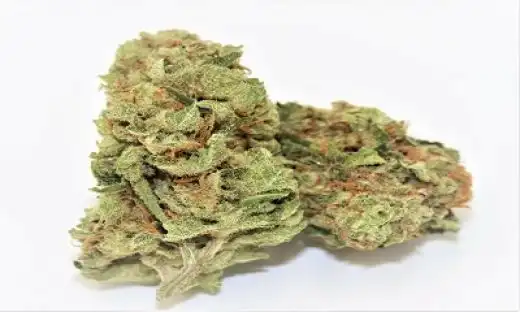

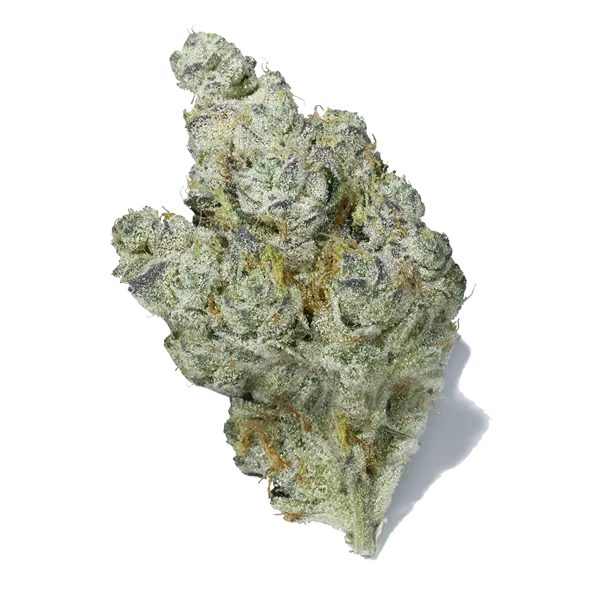
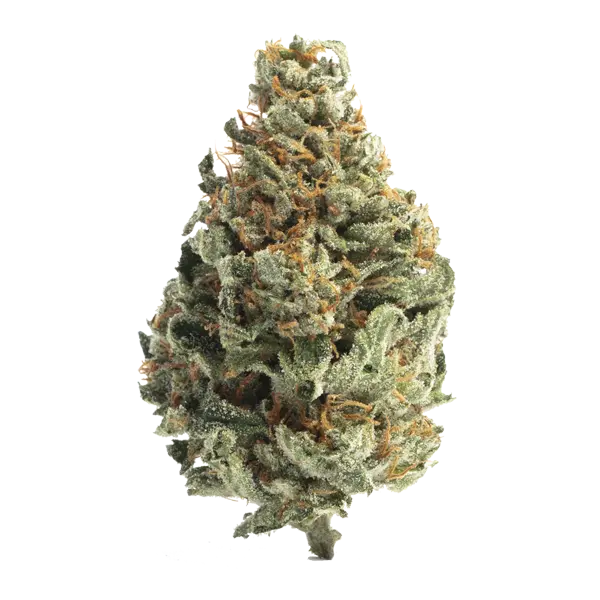
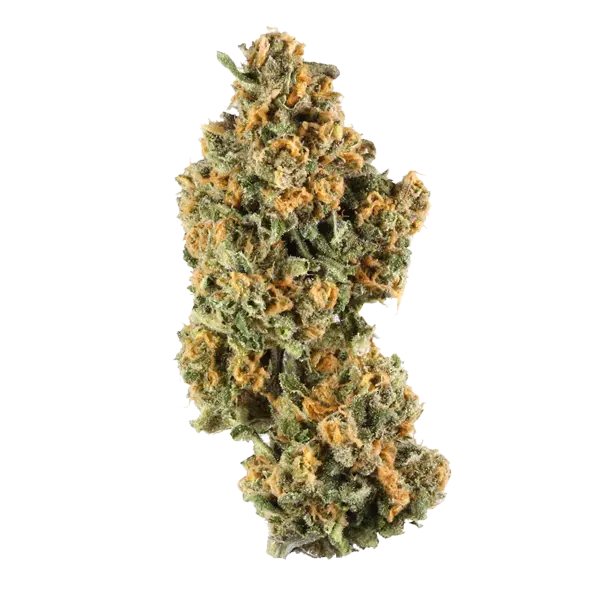
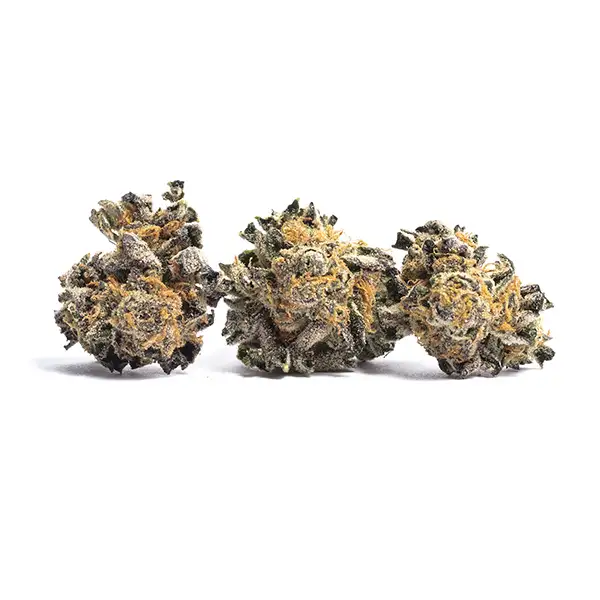
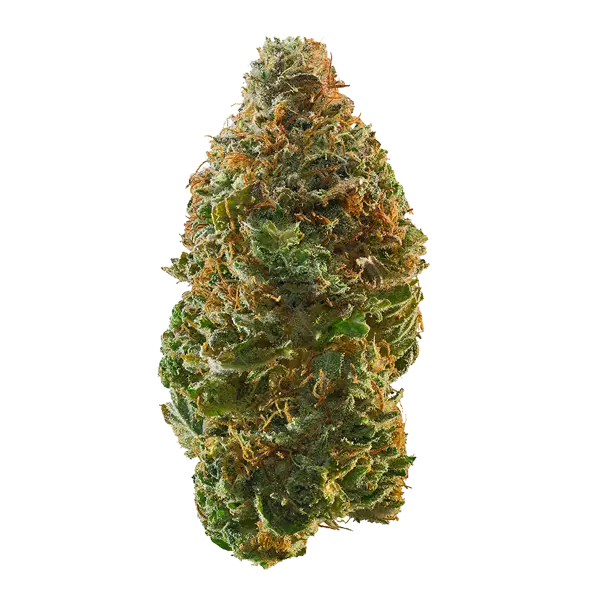
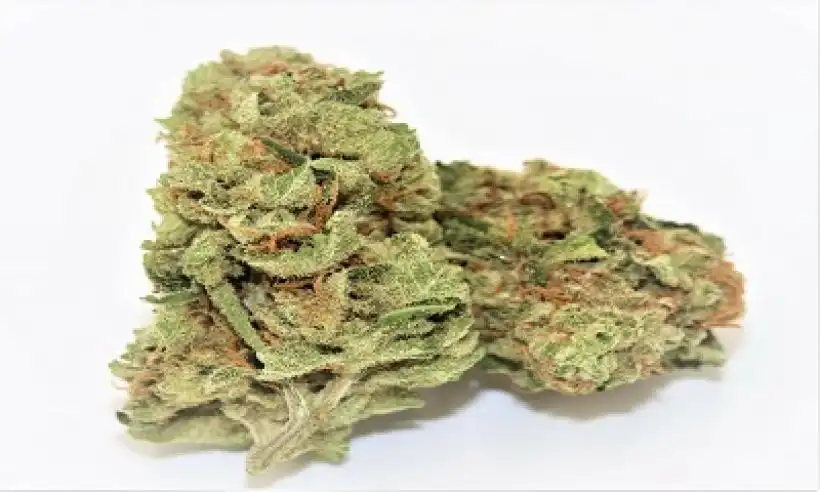
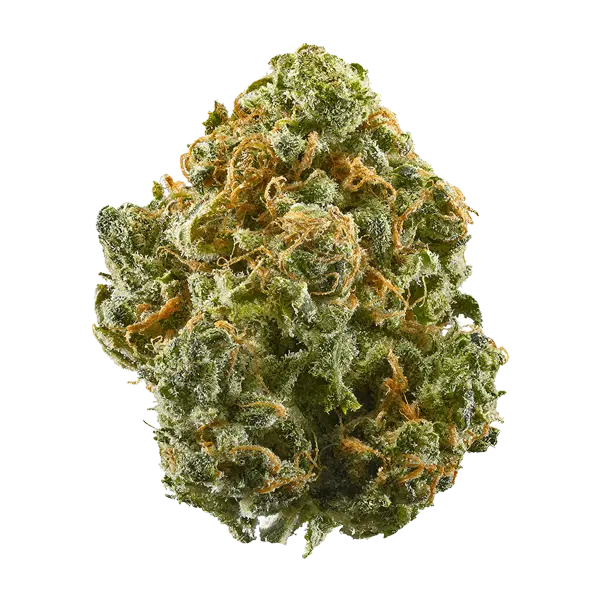
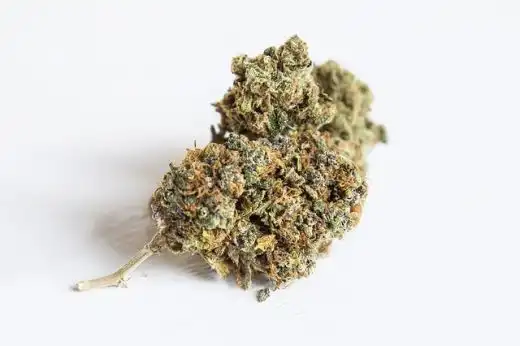

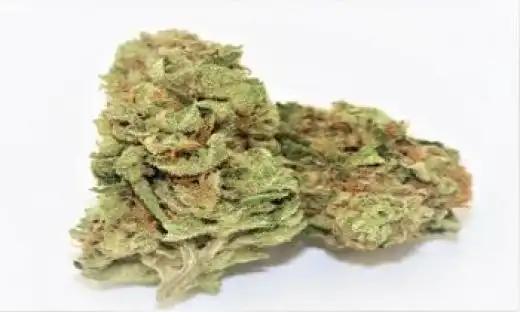
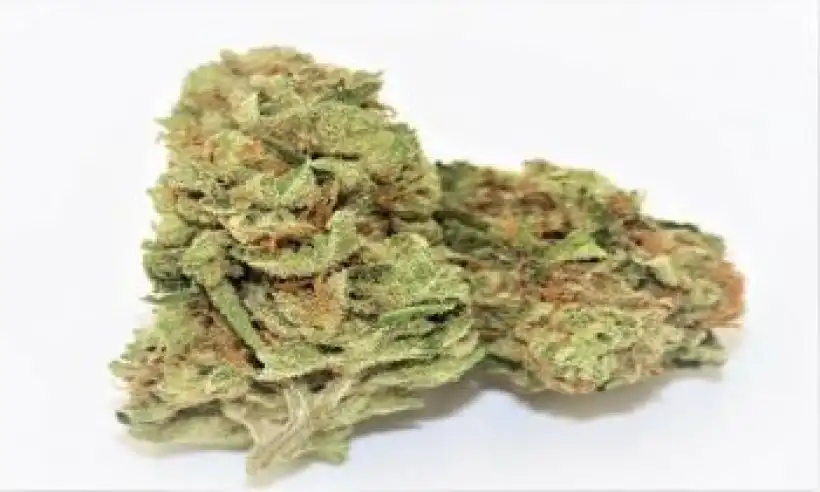
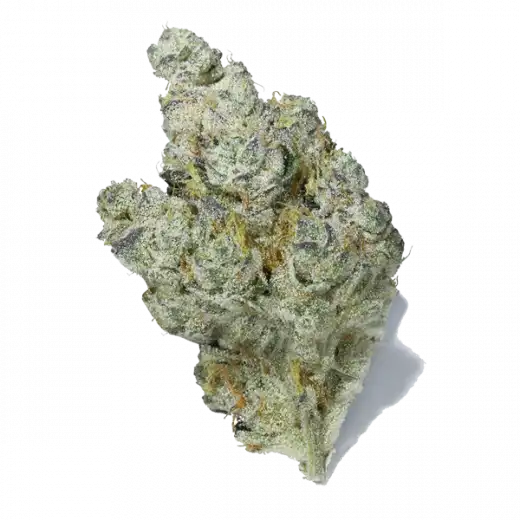
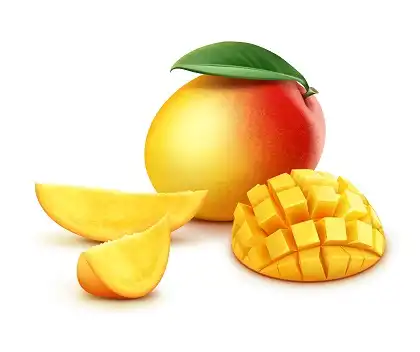

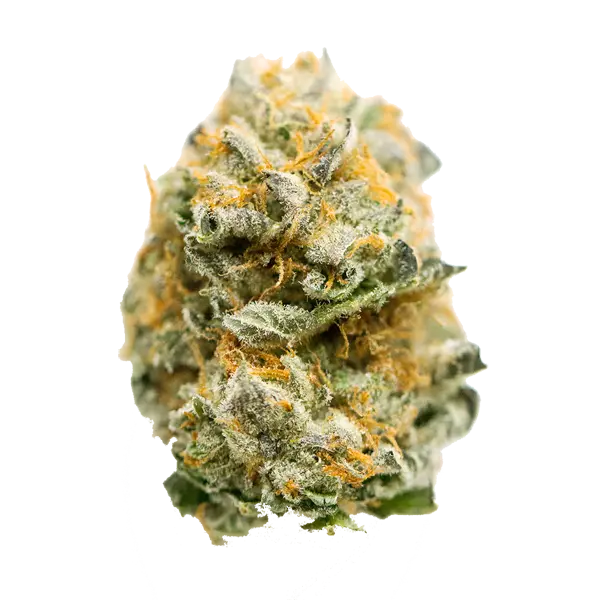

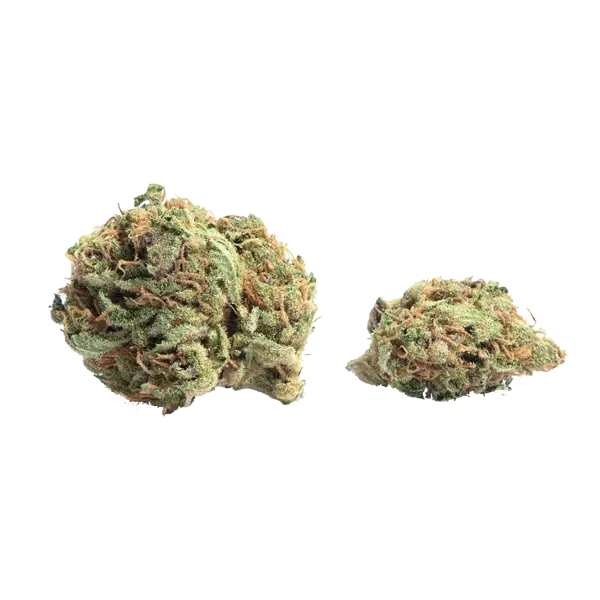
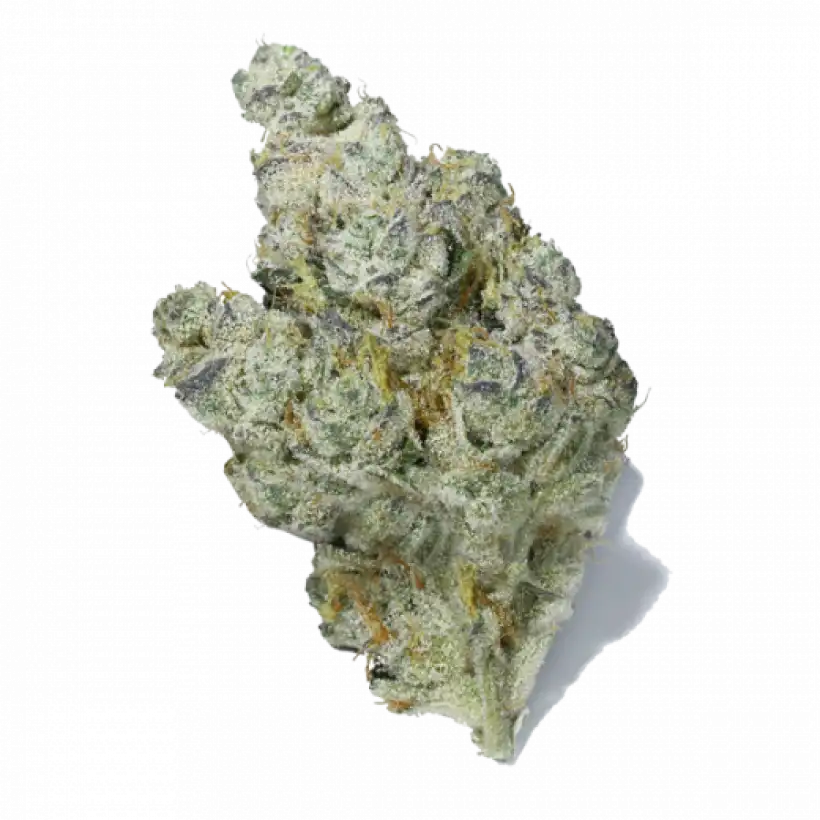

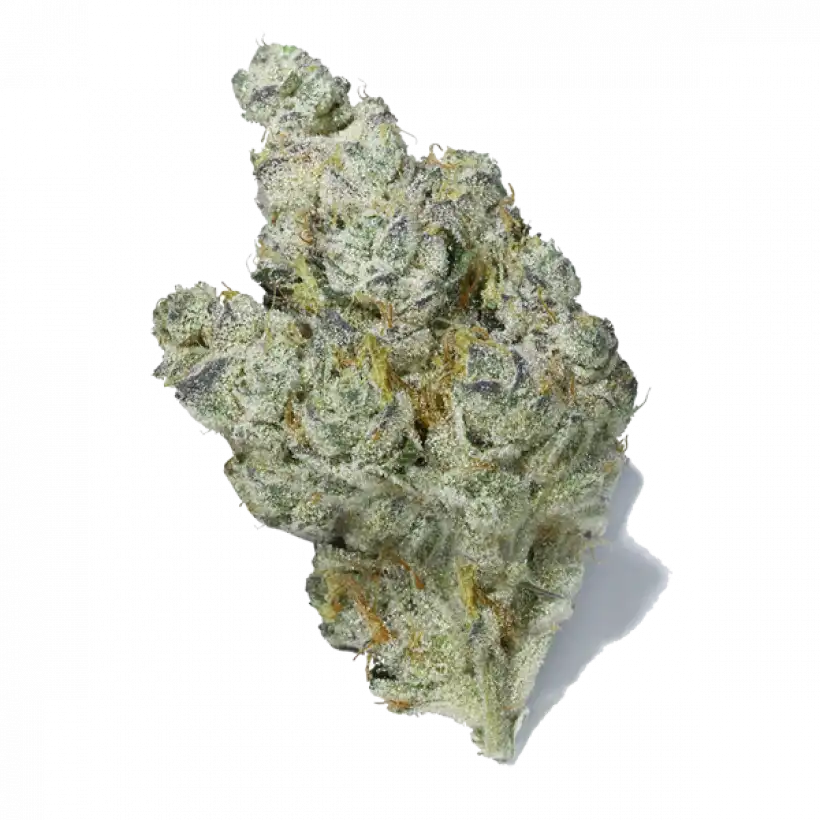
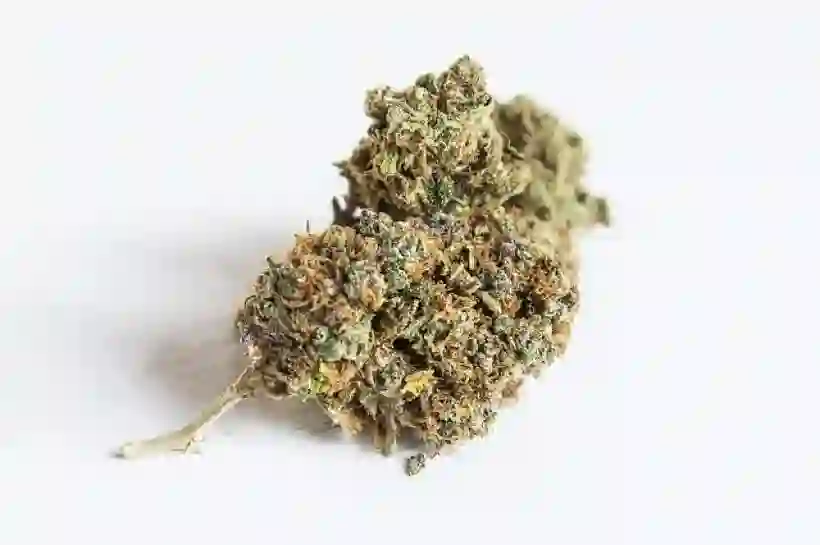
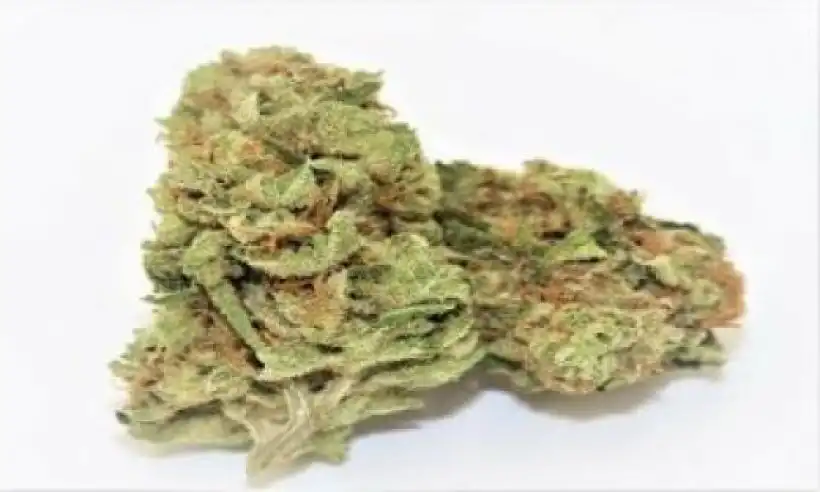
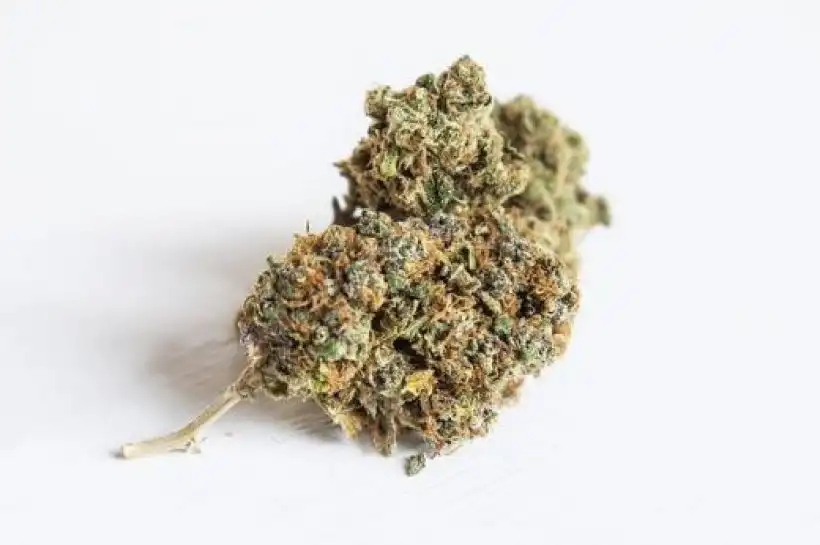

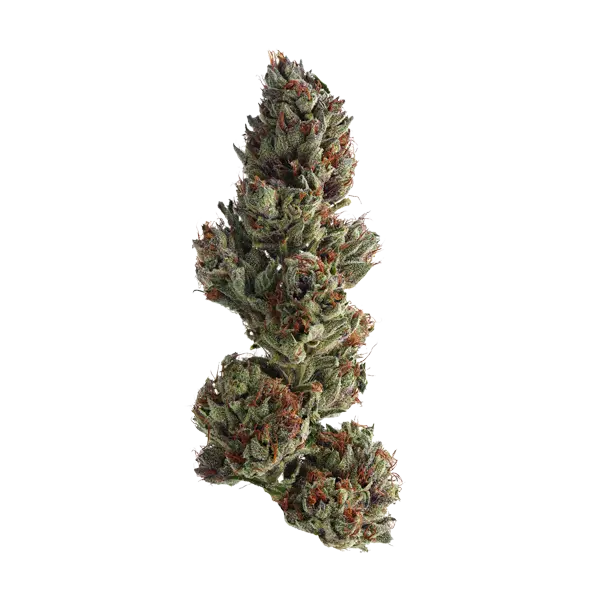
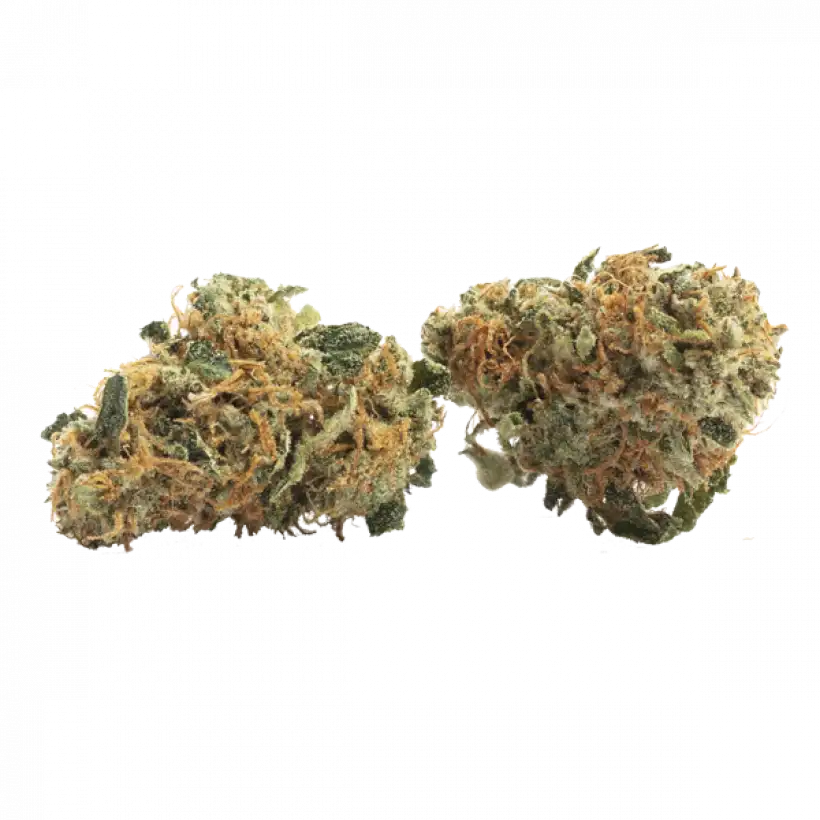
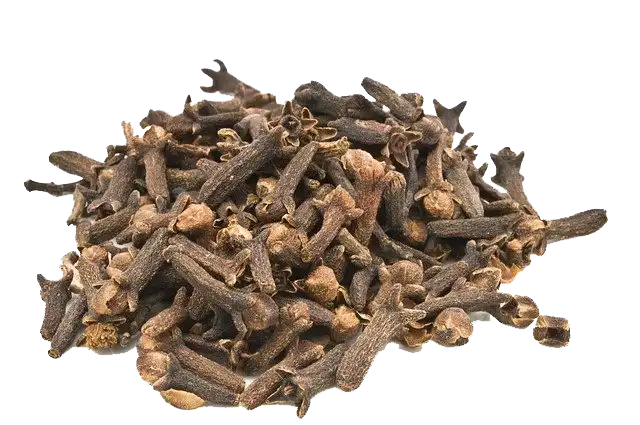
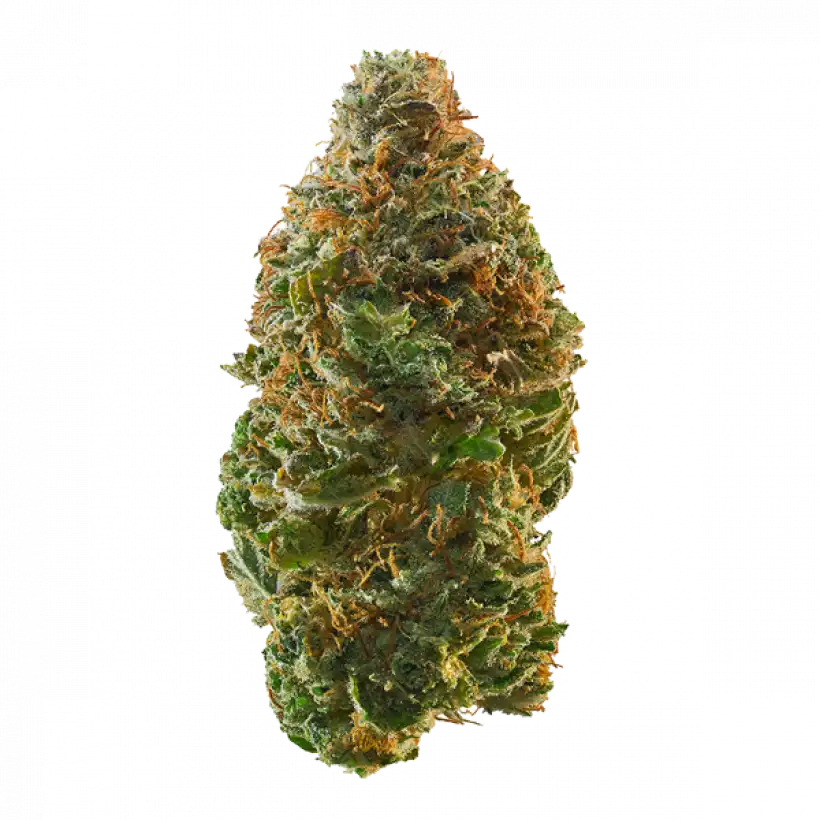



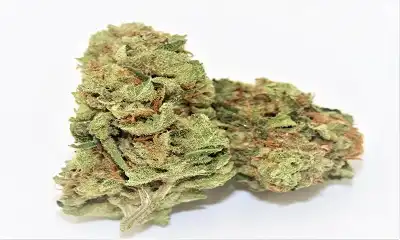
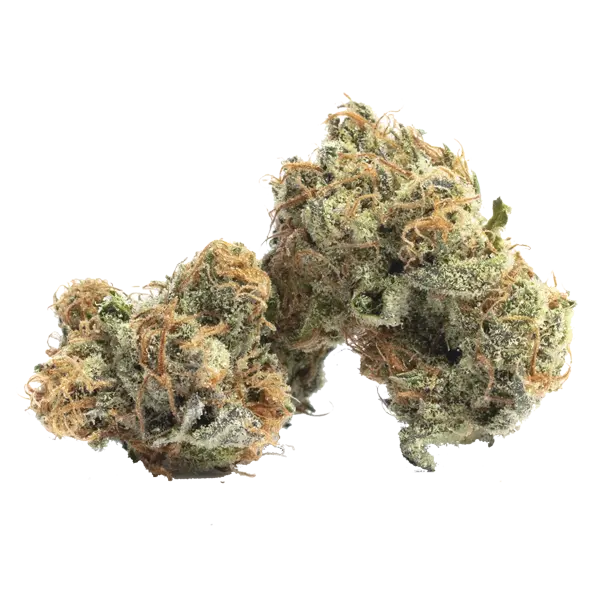
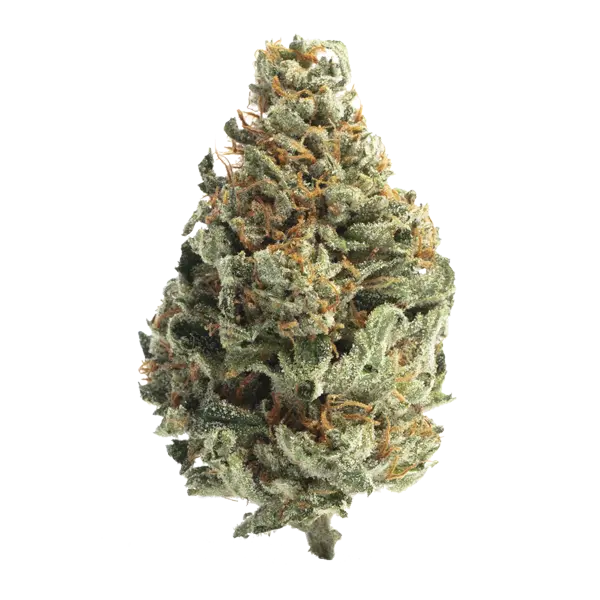
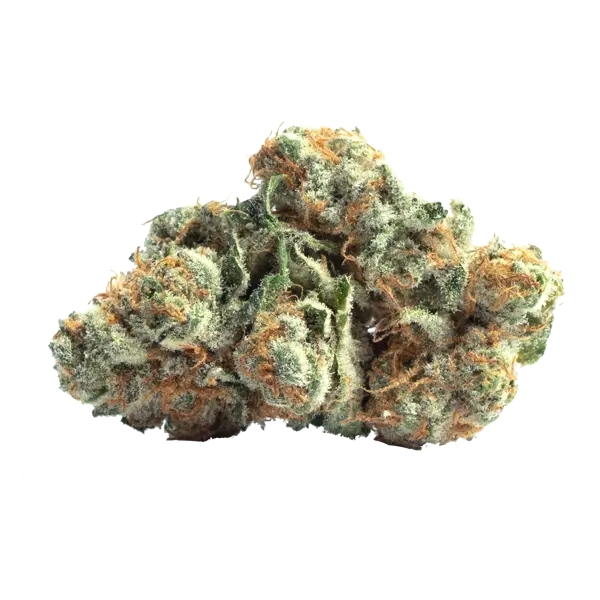
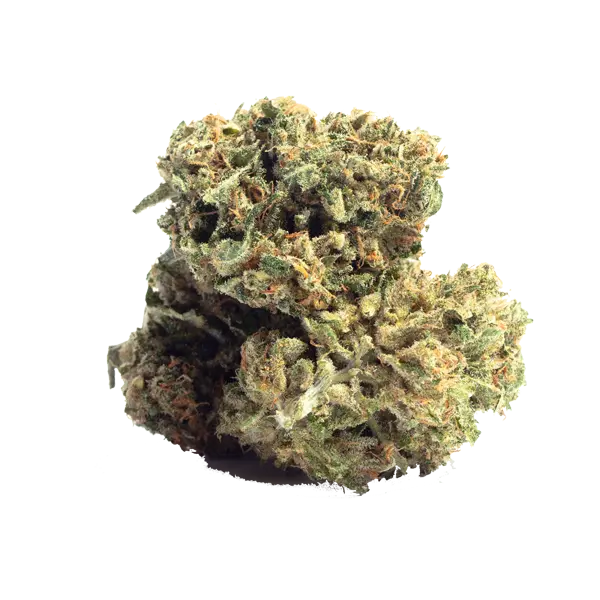
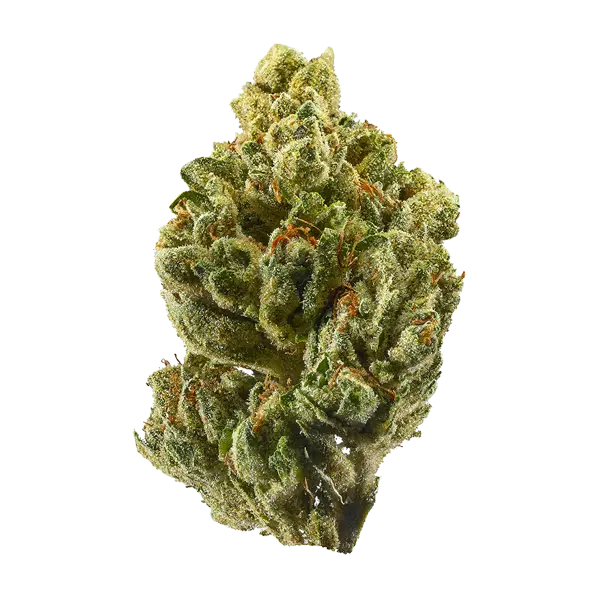

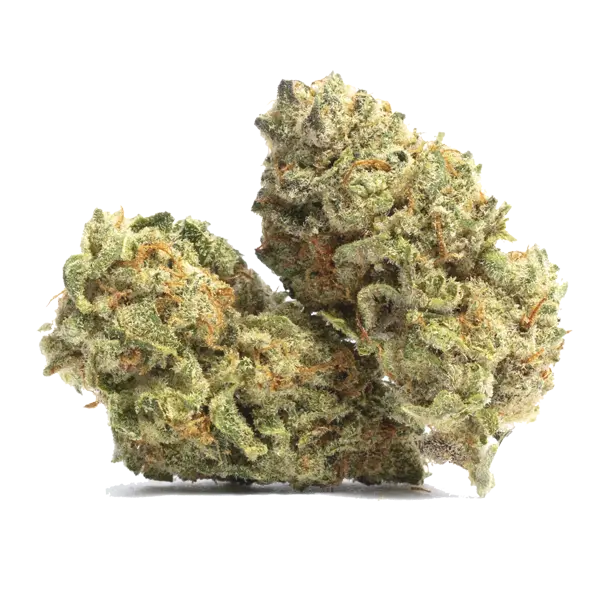
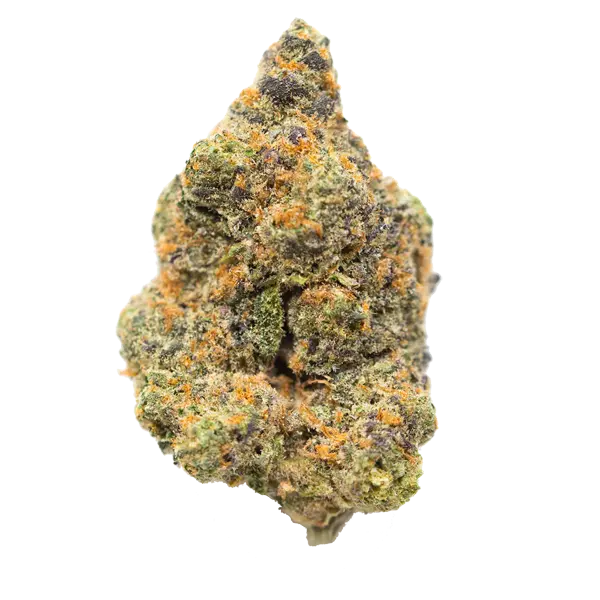
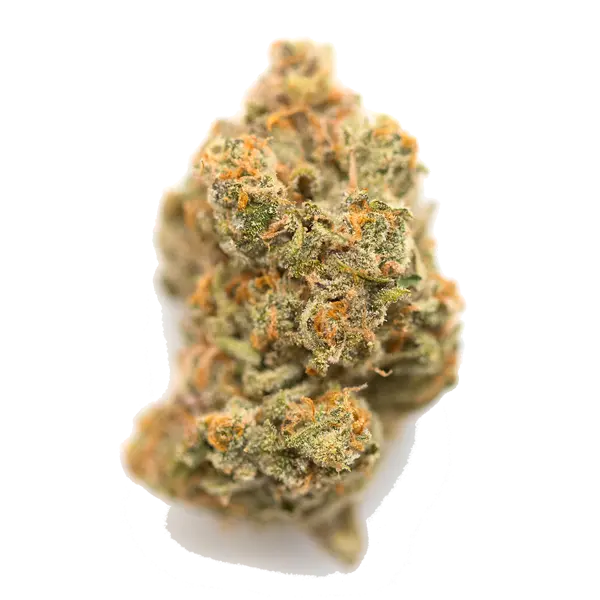
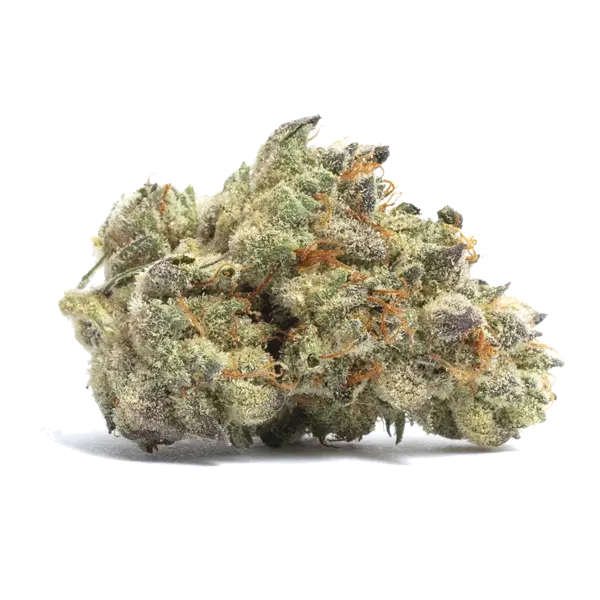
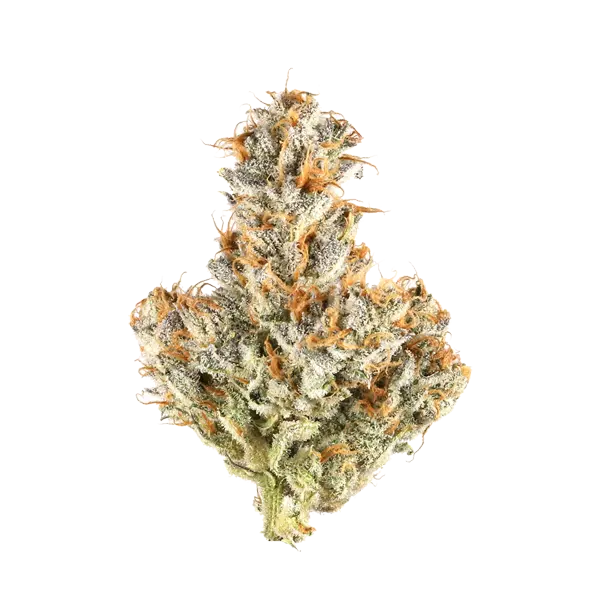



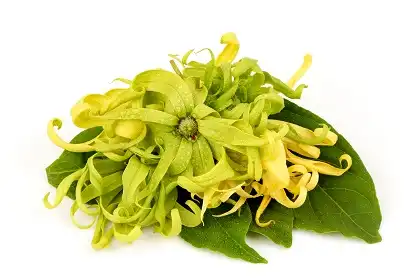


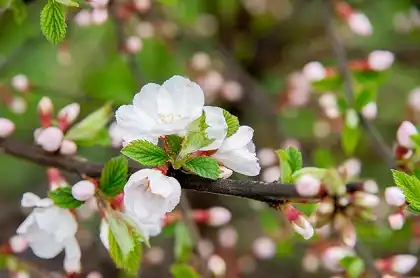











 What is Linalool and How Does it Affect Cannabis?
What is Linalool and How Does it Affect Cannabis?








